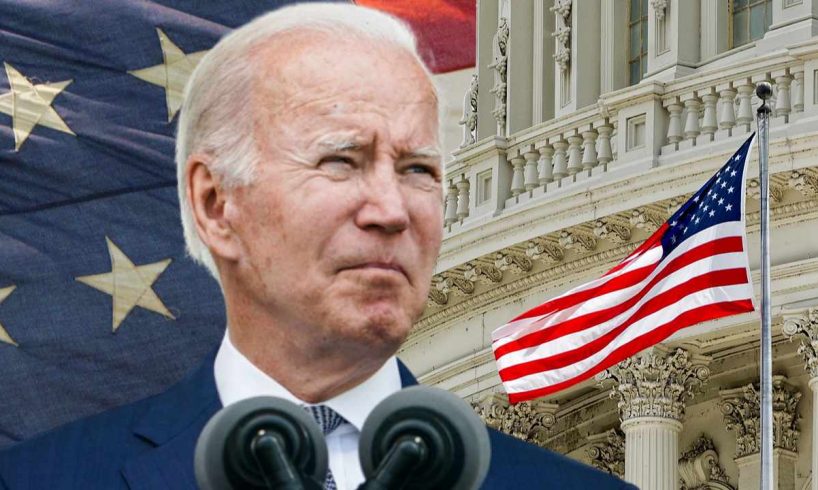
The U.S. Treasury Department has delivered a framework for crypto assets to President Joe Biden, fulfilling its obligation as directed in the executive order on crypto that the president issued in March.
U.S. Treasury Secretary Delivers Crypto Framework to Biden
The U.S. Department of the Treasury published a fact sheet titled “Framework for International Engagement on Digital Assets” Thursday.
It states that the Secretary of the Treasury has delivered to President Joe Biden “a framework for interagency engagement with foreign counterparts and in international fora as directed in the President’s executive order on Ensuring Responsible Development of Digital Assets.” Biden’s executive order on crypto regulation was issued on March 9.
The framework calls for the U.S. and its foreign allies to collaborate to create international standards for regulating crypto assets. The Treasury described:
Uneven regulation, supervision, and compliance across jurisdictions creates opportunities for arbitrage and raises risks to financial stability and the protection of consumers, investors, businesses, and markets.
“Inadequate anti-money laundering and combating the financing of terrorism (AML/CFT) regulation, supervision, and enforcement by other countries challenges the ability of the United States to investigate illicit digital asset transaction flows that frequently jump overseas, as is often the case in ransomware payments and other cybercrime-related money laundering,” the department added.
The Treasury further explained that the U.S. must work with international partners and be a leader in the discussions on central bank digital currencies (CBDCs) and digital payment architectures.
“Such international work should continue to address the full spectrum of issues and challenges raised by digital assets, including financial stability; consumer and investor protection, and business risks; and money laundering, terrorist financing, proliferation financing, sanctions evasion, and other illicit activities,” the Treasury noted.
The fact sheet outlines key international engagements for the U.S., including with the G7 and G20 countries, the Financial Stability Board (FSB), the Financial Action Task Force (FATF), the Egmont Group of Financial Intelligence Units (FIUs), the Organization for Economic Cooperation and Development (OECD), the International Monetary Fund (IMF), The World Bank, and other Multilateral Development Banks (MDBs).
“What’s outlined in the framework is intended to ensure that, with respect to the development of digital assets, America’s core democratic values are respected; consumers, investors, and businesses are protected; appropriate global financial system connectivity and platform and architecture interoperability are preserved; and the safety and soundness of the global financial system and international monetary system are maintained,” the Treasury detailed.
What do you think about the framework for international engagement on crypto assets developed by the U.S. Treasury Department? Let us know in the comments section below.
Kevin Helms
Image Credits: Shutterstock, Pixabay, Wiki Commons
Disclaimer: This article is for informational purposes only. It is not a direct offer or solicitation of an offer to buy or sell, or a recommendation or endorsement of any products, services, or companies. Bitcoin.com does not provide investment, tax, legal, or accounting advice. Neither the company nor the author is responsible, directly or indirectly, for any damage or loss caused or alleged to be caused by or in connection with the use of or reliance on any content, goods or services mentioned in this article.
More Popular NewsIn Case You Missed It
















